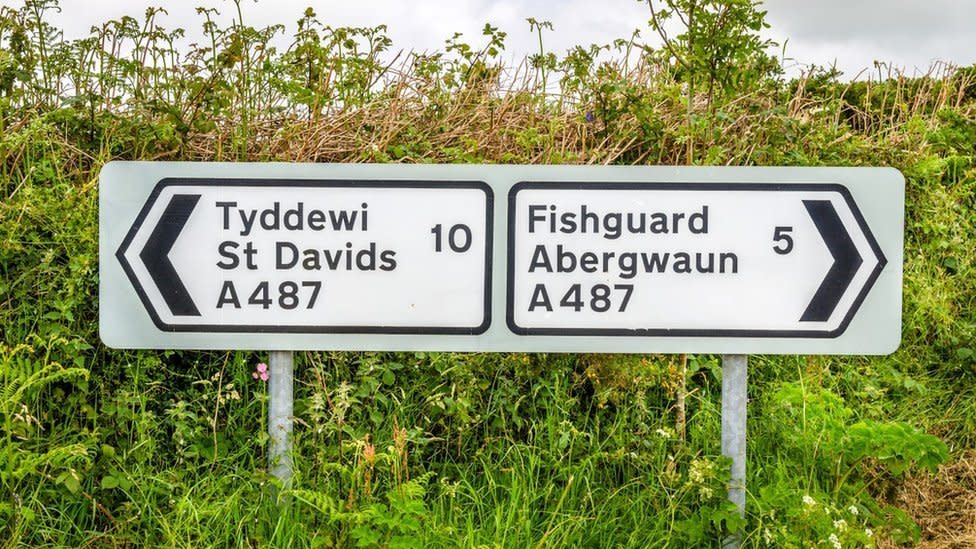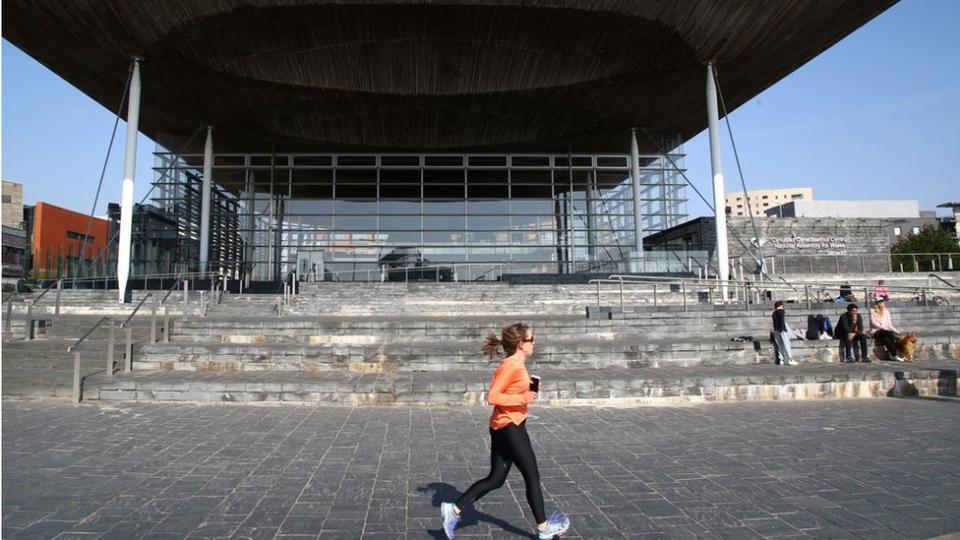Q&A: What's the plan for extra Senedd politicians?

Plans to increase the number of Senedd members and change how they are elected are expected to get final approval in the Welsh Parliament on Wednesday afternoon.
The proposals - agreed by the Labour Welsh government and Plaid Cymru, would expand the Senedd by more than a third and its members would be elected differently.
Backers say its needed because the body has many more powers than it did when it was first opened with 60 assembly members back in 1999.
But the Welsh Conservatives say that the money needed for the extra running costs would be better spent on the NHS and argue that there should be a referendum on the plans.
The changes at a glance
Number of Members of the Senedd (MSs) would rise from 60 to 96 at next election in 2026
All politicians elected through a list system, where voters back a single party
Traditional first-past-the-post elections where candidate with most vote wins abolished
Plans agreed by Labour and Plaid Cymru

How many Senedd members are there now?
There are currently 60 Senedd members, 40 of them elected by the traditional Westminster style first past the post system.
The other 20 represent bigger regions using a process which better reflects the voting share particular parties have received in elections.
The politicians meet in the Senedd building in Cardiff Bay.
Why is there a plan for 36 more members?
The current total of 60 has been the number since the creation of what was then called the National Assembly for Wales in 1999. In those days it had very limited powers and no tax powers.
The Senedd, and the Welsh government, have since acquired direct law-making powers and some tax powers, including over a share of income tax.
It is argued that with all these extra powers more politicians are needed to scrutinise proposed new laws and government ministers' actions, and that there are simply not enough Senedd members to do that job as well as it could be done.
In essence, it is said Senedd members currently have too high a workload, and ministers are not being challenged as much as they could be.
That might mean for example, in extreme cases, that mistakes that would otherwise have been spotted in advance are that much more likely to occur.
What are the objections?
The proposed increase is being criticised on grounds of cost.
The Welsh Conservatives have argued that the extra spending involved, estimated to be as much as £17.8m a year, should go to the NHS instead, and say there should be a referendum on the plans.
Some also argue that when the case was being put in the past for more powers for Cardiff Bay, it was not made clear that this could require more politicians to manage them in the future.
How would the new election system work?
MSs would be elected from 16 new constituencies, made by combining the proposed new 32 Westminster seats for Wales, from party lists based on the proportion of the vote the political parties receive in elections.
Voters will be able to back a political party, rather than a candidate.
It would mean an end to the Westminster style first-past-the-post electoral system for Senedd elections, currently used to elect 40 of the current 60 members of the Welsh Parliament.

How does Wales compare with other parts of the UK?
In terms of the number of politicians, the Northern Ireland Assembly, for a population of around 1.8m, has 90 members.
The Scottish Parliament has 129 members, representing around 5.5 million people.
Wales, with just over 3m people, currently has 60 MSs.
The Scottish Parliament uses a system similar to the one currently used in Wales, but with a smaller number of Westminster style first past the post elected constituency members and more politicians representing bigger regions elected using a more proportional system.
The Northern Ireland Assembly uses the proportional STV voting system, by which parties win roughly the same proportion of seats as the share of votes they receive.
What about the plans for gender quotas?
The government and Plaid Cymru also want to enforce gender equality in elections through separate legislation.
But this plan, requiring parties to draw up lists of candidates containing at least 50% women, are being dealt with using separate legislation and have become legally contentious.
The Equality and Human Rights Commission has warned that the plans could breach the Equality Act if candidates can self-identify as women, even if that is not their legal sex.
There are also concerns, held by Welsh Parliament Presiding Officer Elin Jones, that the plans are not in the powers of the Senedd, although the Welsh government insists that they are.
Ministers have said parties and candidates will "have an interest in ensuring that accurate statements are made - otherwise they run the risk of challenge".
That would not stop the bill being passed, but it raises the prospect of the legislation being argued over in the courts.

